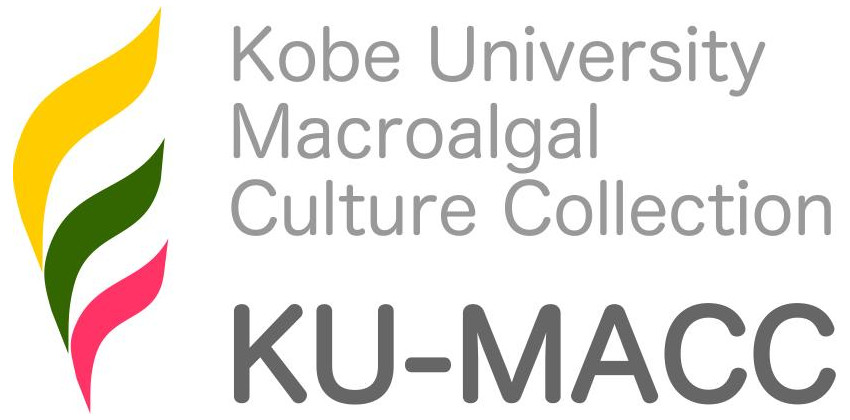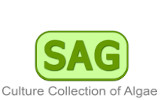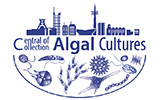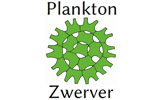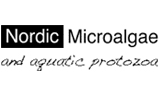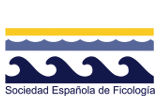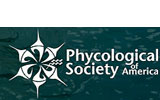Chara canescens Loiseleur 1810
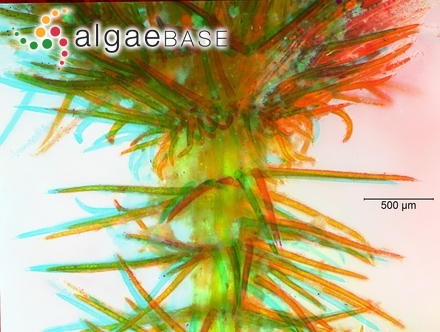
Current name:
Chara canescens Loiseleur
Red-cyan anaglyph. Collected by Rose Pride, Peterborough brick pits, UK.Stacked BF image - 12 December 2011. C.F.Carter (chris.carter@6cvw.freeuk.com)
Publication Details
Chara canescens Loiseleur 1810: 139
Published in: Loiseleur Deslongschamps, J.L.A. (1810). Notice sur les plantes à ajouter à la flore de France (Flora Gallica) avec quelques corrections et observations. pp. [i–ii]. 1-172, 21 pls. Paris: Imprimerie de J.B. Sajou, rue del la Harpe, no. 11.
Type Species
The type species (lectotype) of the genus Chara is Chara vulgaris Linnaeus.
Status of Name
This name is of an entity that is currently accepted taxonomically.
Type Information
Type locality: "... eaux stagnantes, aux environs de Toulon" [Toulon, France]; (Loiseleur Deslongschamps 1810: 139) Lectotype ("in aquis stag. circa Tolonum" designated by Wood in Wood & Imahori 1965: 159): PC; 641358, herb. Desvaux (Wood & Imahori 1965: 159)
Origin of Species Name
Participle (Latin), becoming white; applied to plants covered with greyish-white pubescence.
General Environment
This is a brackish species.
Created: 11 April 2002 by M.D. Guiry.
Last updated: 09 January 2025
Verification of Data
Users are responsible for verifying the accuracy of information before use, as noted on the website Content page.
Nomenclatural note
Schubert & al. (2024: 351) attribute the name to "Chara canescens Desv. & Loisel. in Loisel, Not. Fl. France: 139." There is no mention of Desvaux in the original protologue, the name is attributed to "N[obis]" and other species in this work with "N[obis]" are attributed solely to Loiseleur, e.g. Betula cordata on the same page. - (09 January 2025) - M.D. Guiry
Distributional note
"Chara canescens is neither found in freshwater nor in fully marine water bodies. In the Baltic Sea it is widespread except for the northernmost part of the Bothnian Bay (Norrbotten). Its global distribution range is hard to estimate because of many misidentifications as well as differences between the taxonomic concepts." Schubert & al. 2024). - (09 January 2025) - M.D. Guiry
Conservational note
"Most of the marine-brackish stands are reported to be stable over the last decade, sites lost over the period of heavy eutrophication (1960s to late 1980s) have been reoccupied since the mid-1990s (Blindow and Schubert, 2004; Schubert et al., 2016). A decline in depth range has, however, been reported from Baltic Sea lagoons probably caused by eutrophication (Blindow et al., 2016). However, some inland brackish water sites (e.g., Röblingen/Wansleben) have been lost; several lagoons and beach lakes have been drained or turned to freshwater habitats by diking (e.g., Becker, 2019). On the other hand, intense mapping revealed occurrences not known before, so general trends especially for inland sites are hard to detect. Habitat destruction, however, seems to be the most important threat. Eutrophication probably is an indirect threat, acting mainly via competition for light with phytoplankton and filamentous algae. Reduced frequency of ice-winters due to global warming is assumed to threaten the species in Baltic Sea coastal lagoons (Blindow et al., 2016)." (Schubert & al 2024). - (09 January 2025) - M.D. Guiry
Linking to this page: https://www.algaebase.org/search/species/detail/?species_id=35577
Citing AlgaeBase
Cite this record as:
M.D. Guiry in Guiry, M.D. & Guiry, G.M. 09 January 2025. AlgaeBase. World-wide electronic publication, National University of Ireland, Galway. https://www.algaebase.org; searched on 04 April 2025
 Request PDF
Request PDF